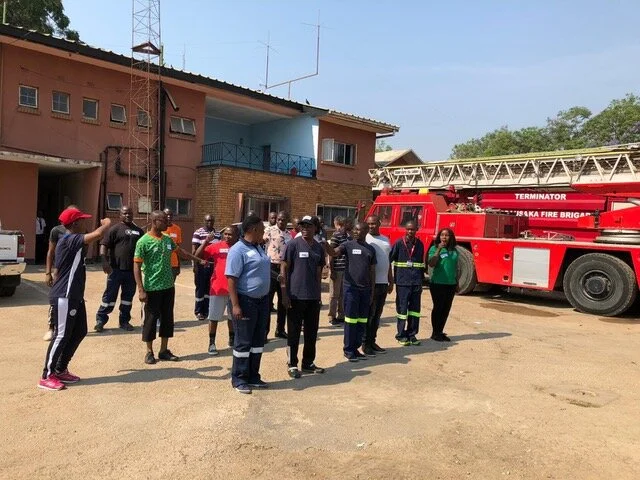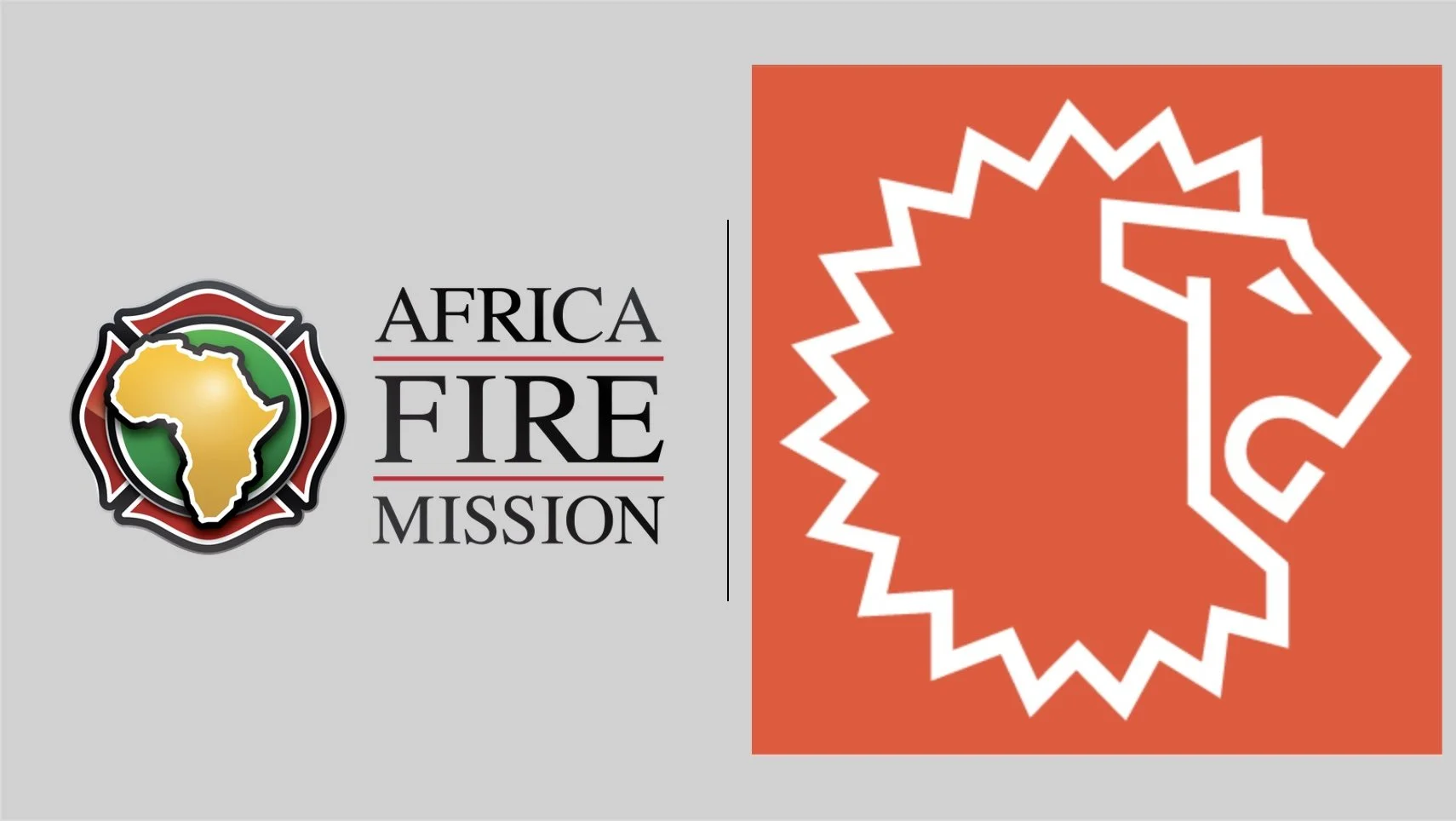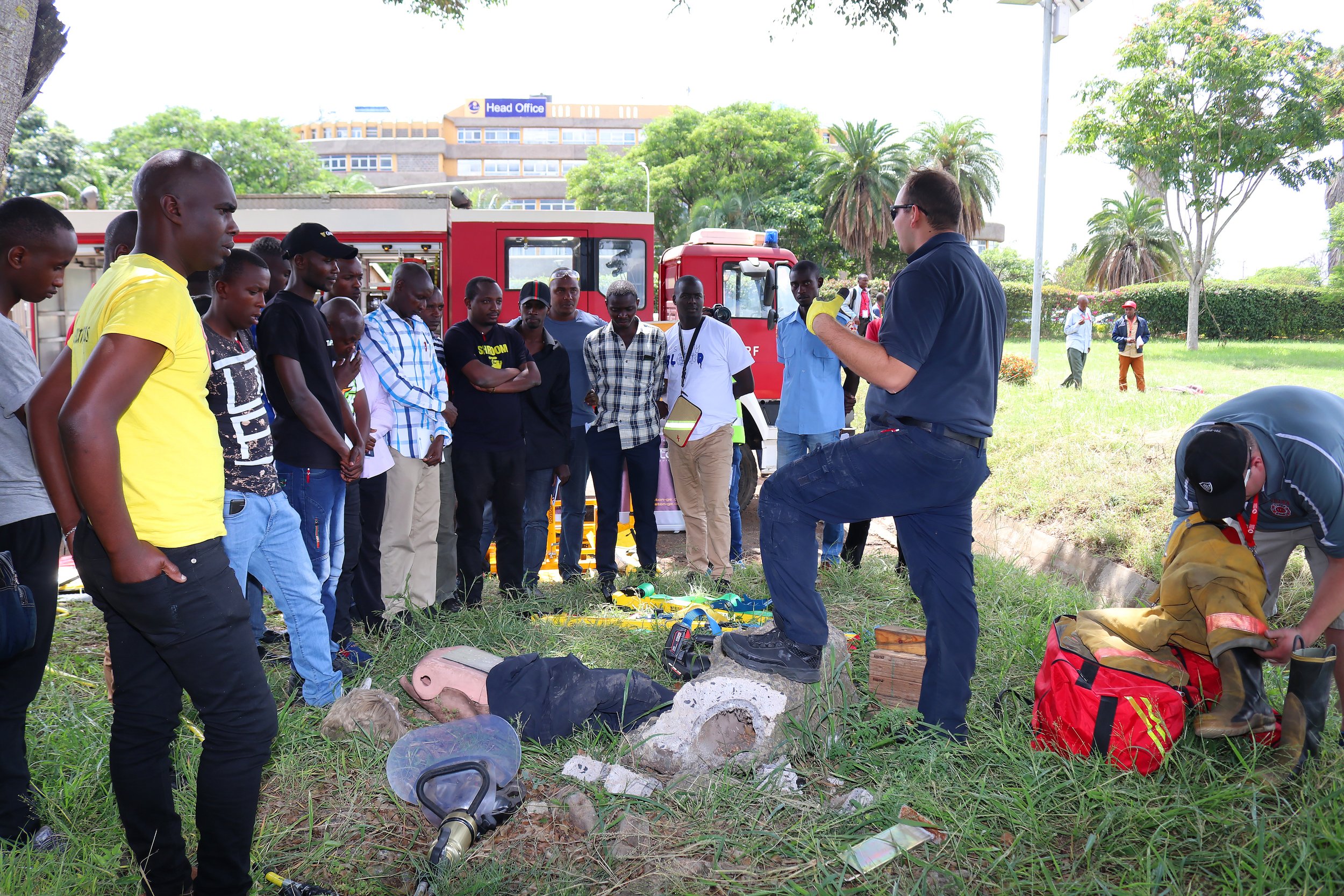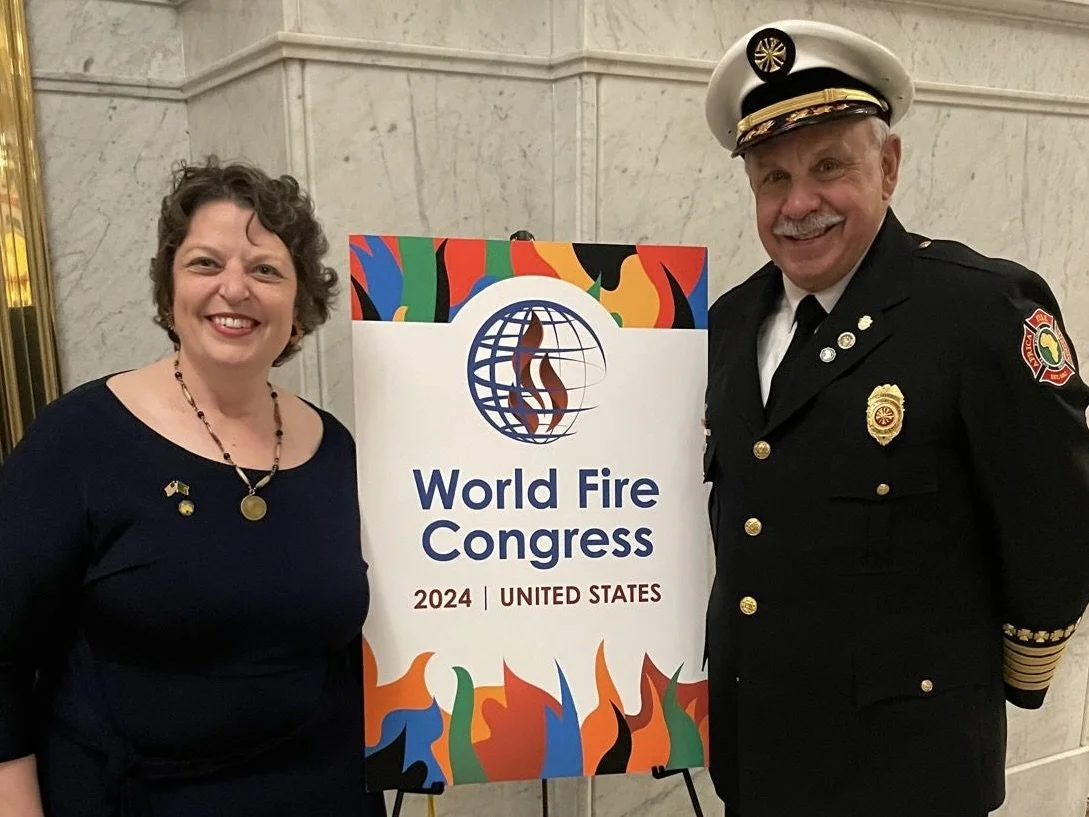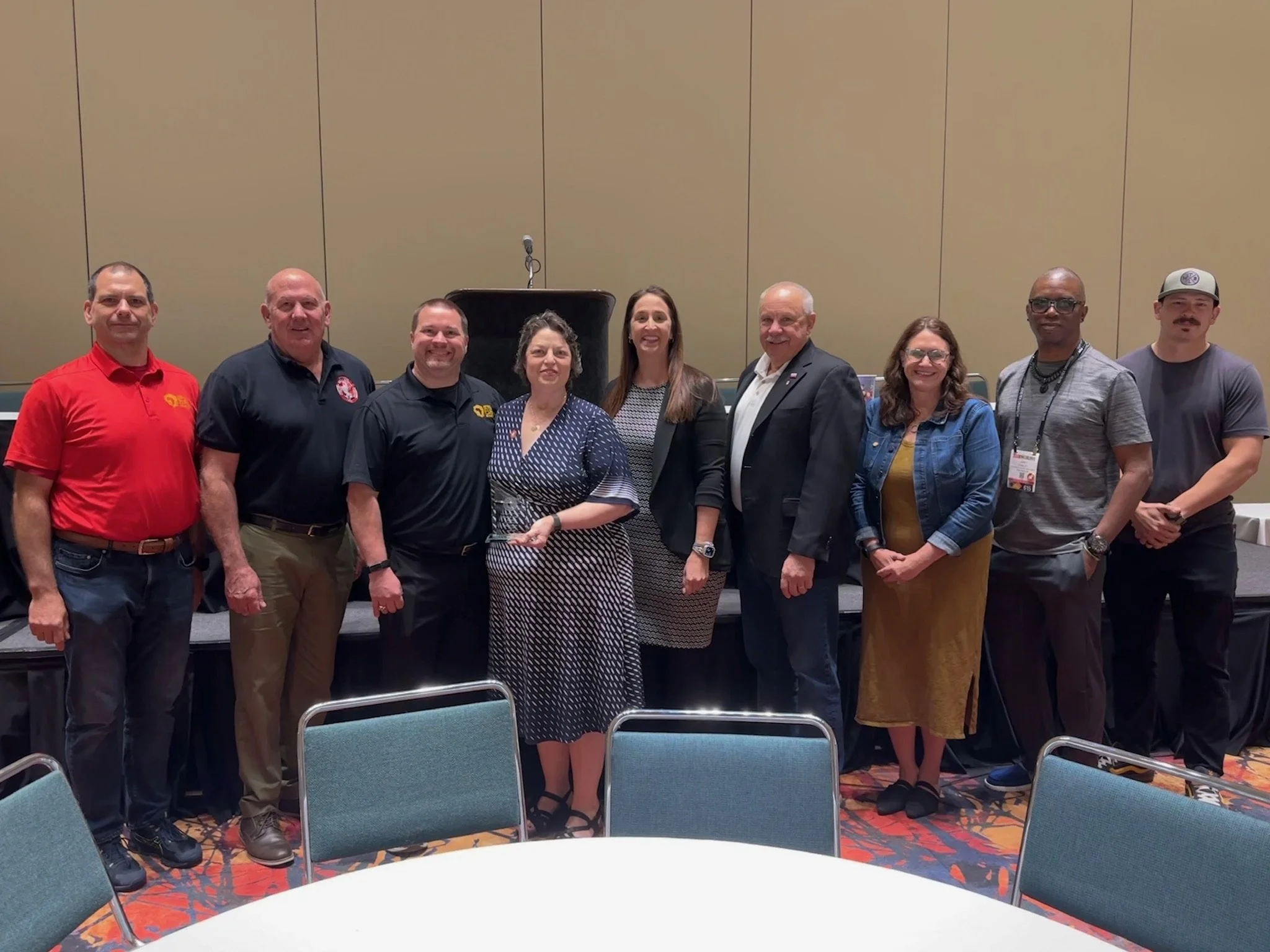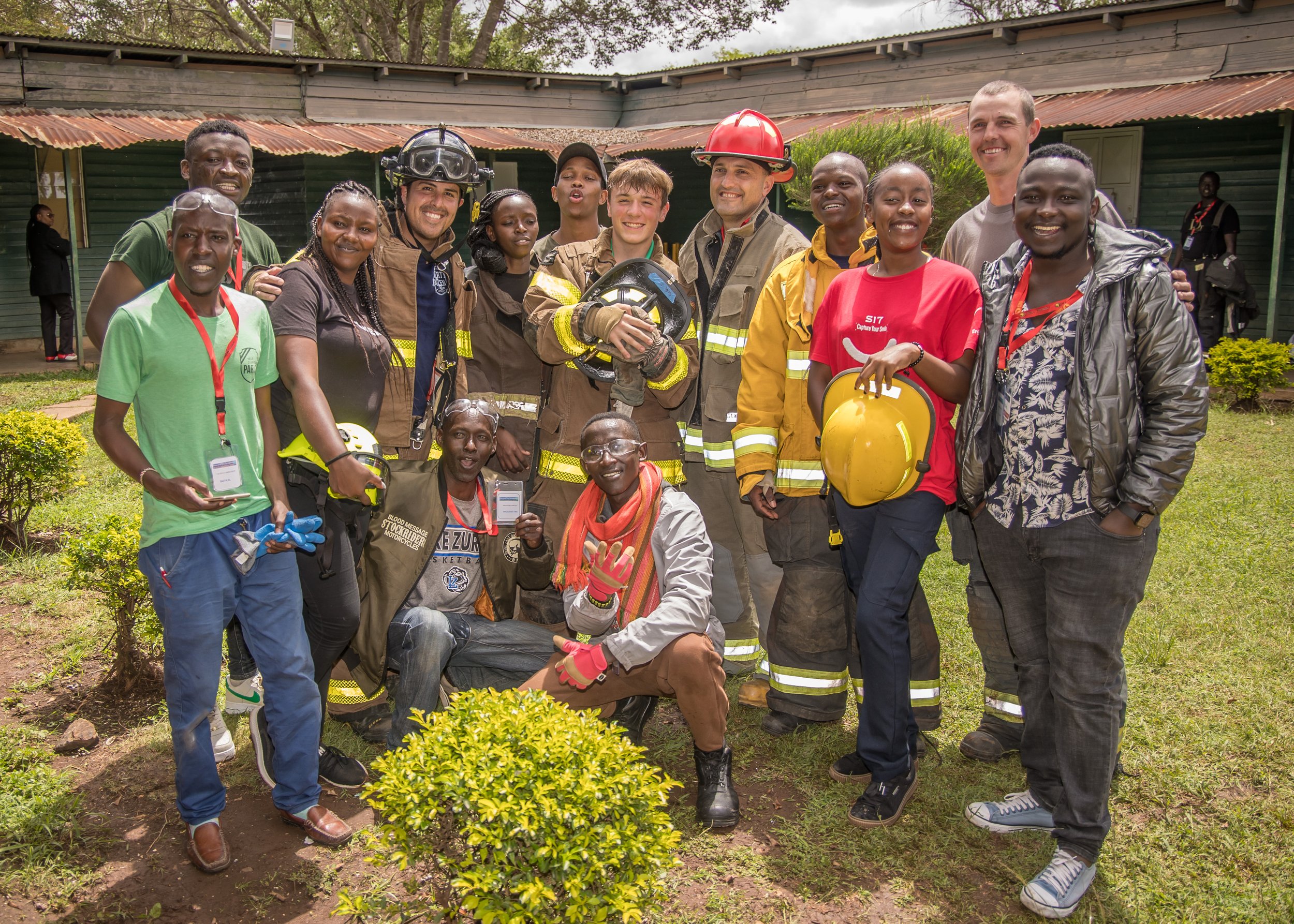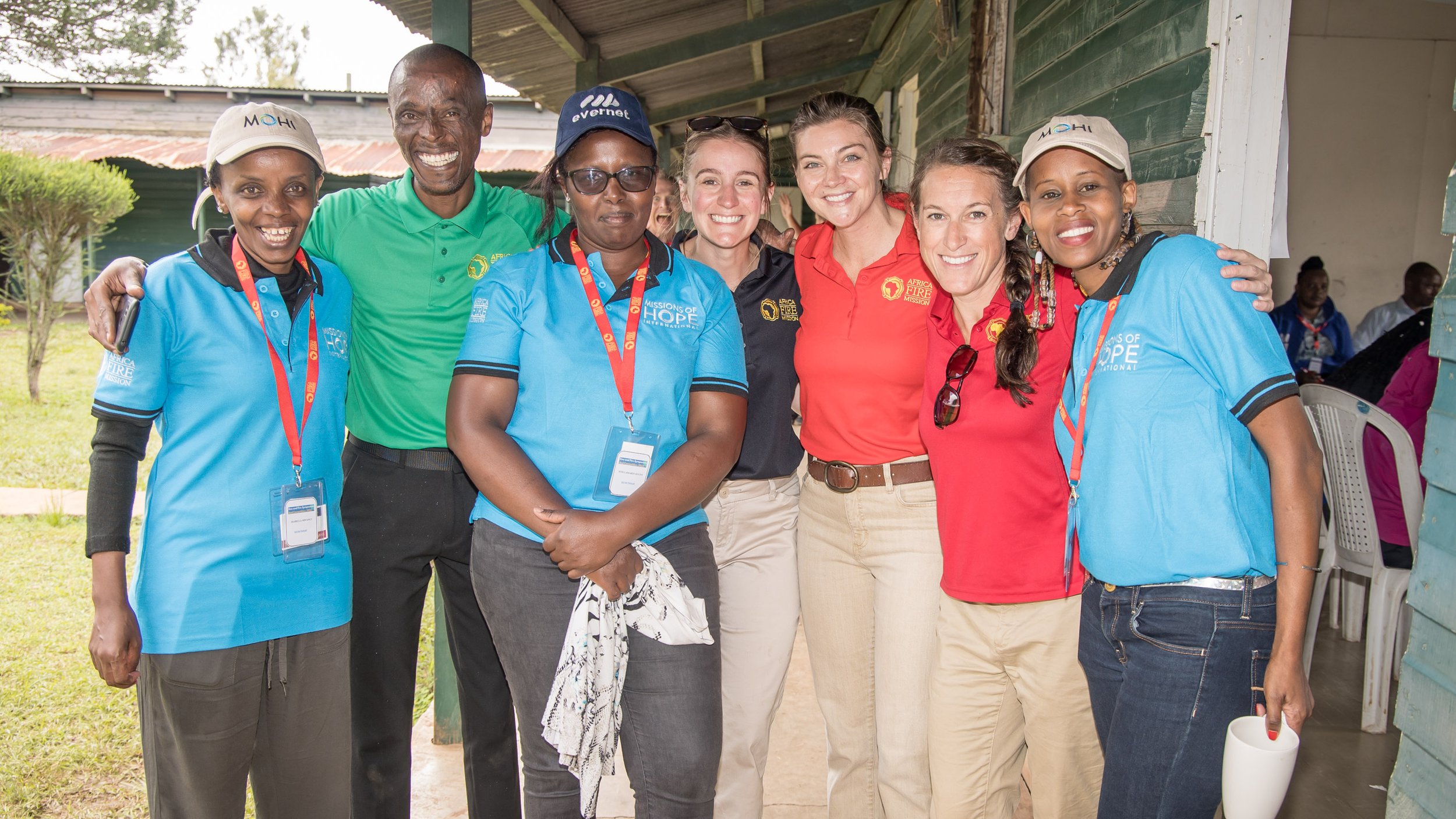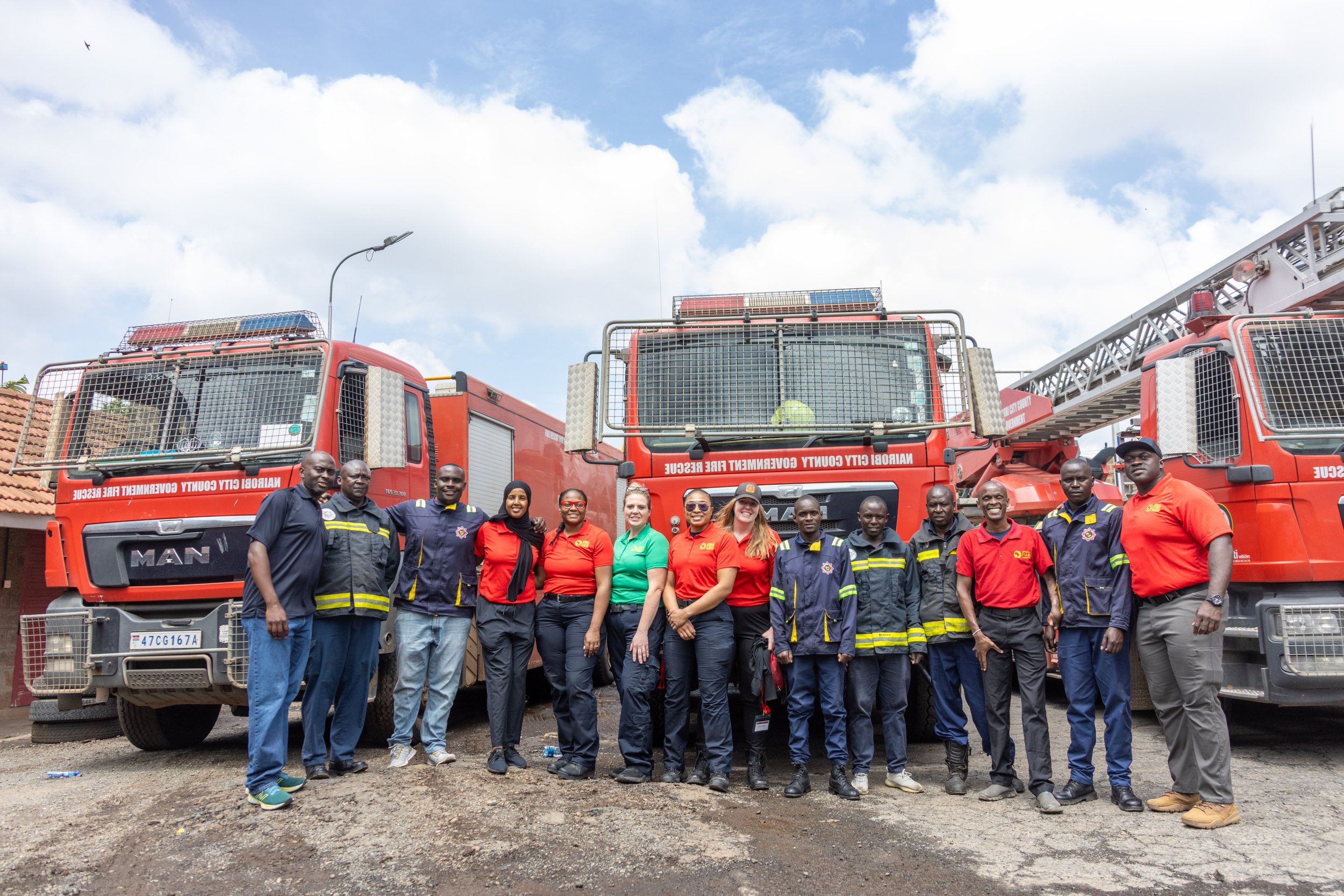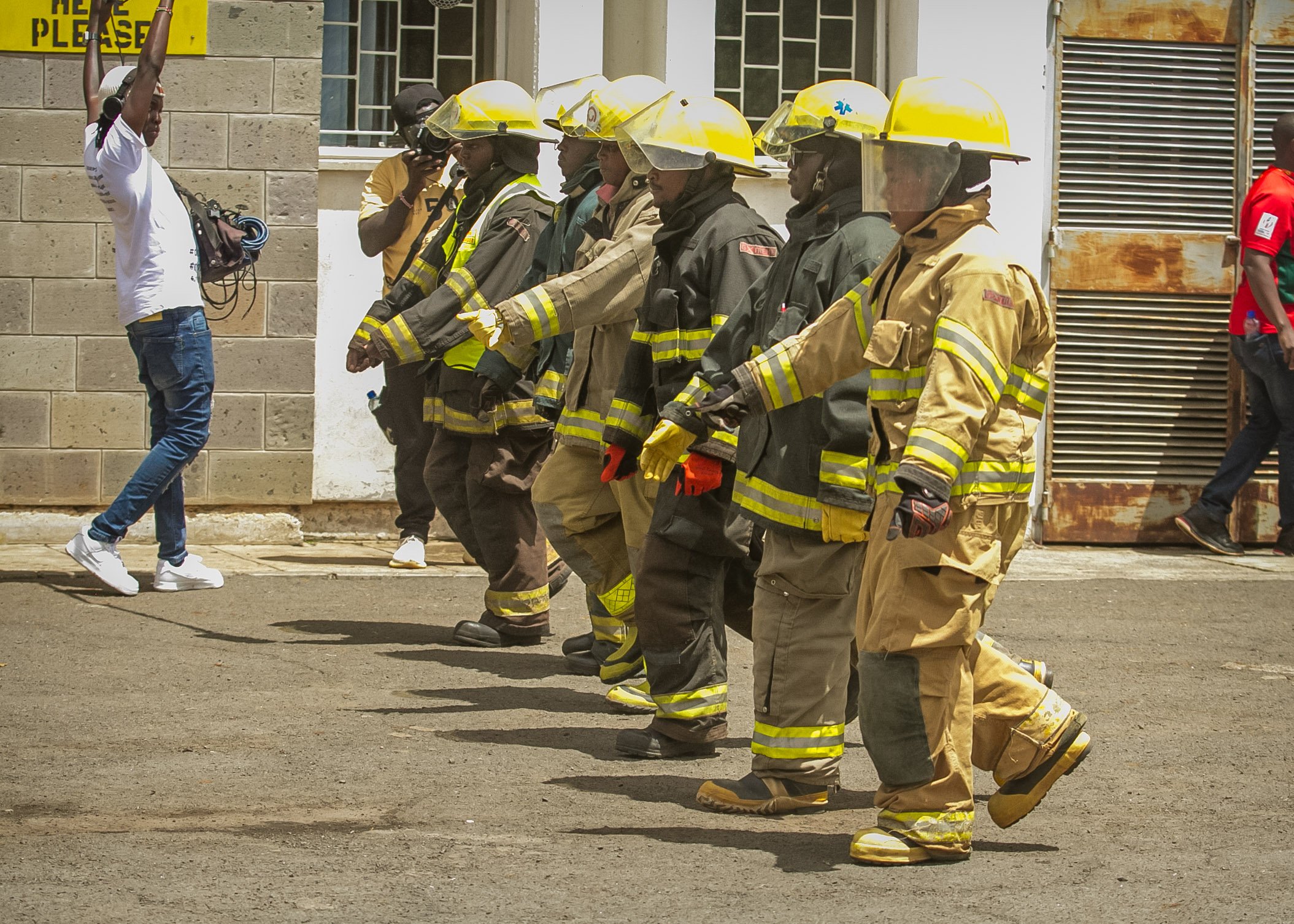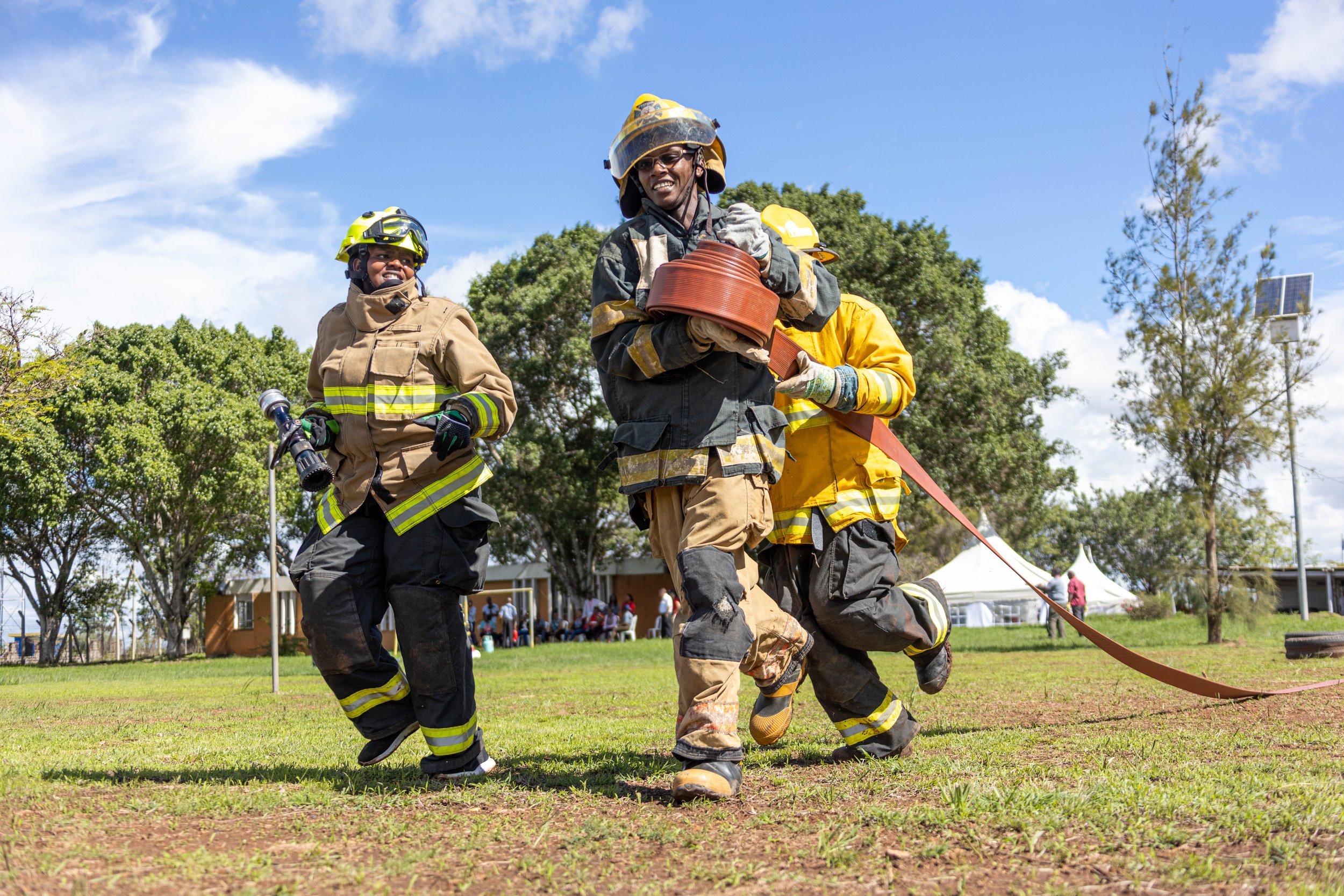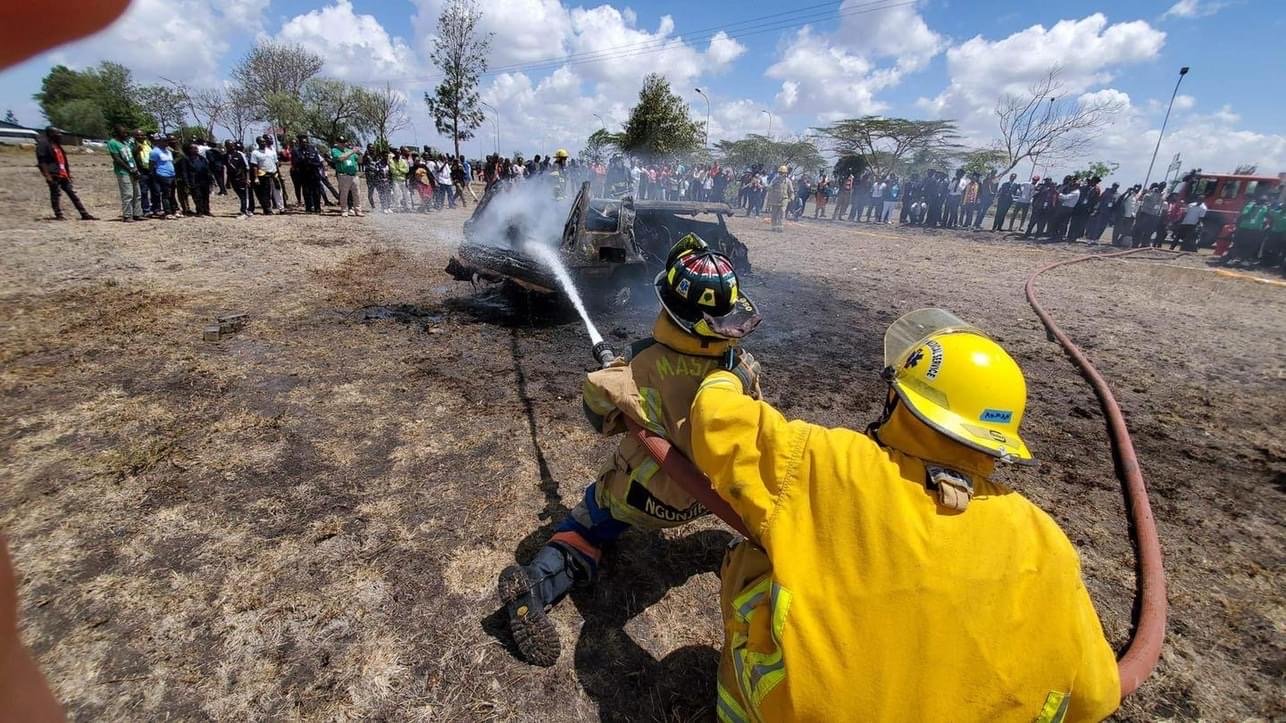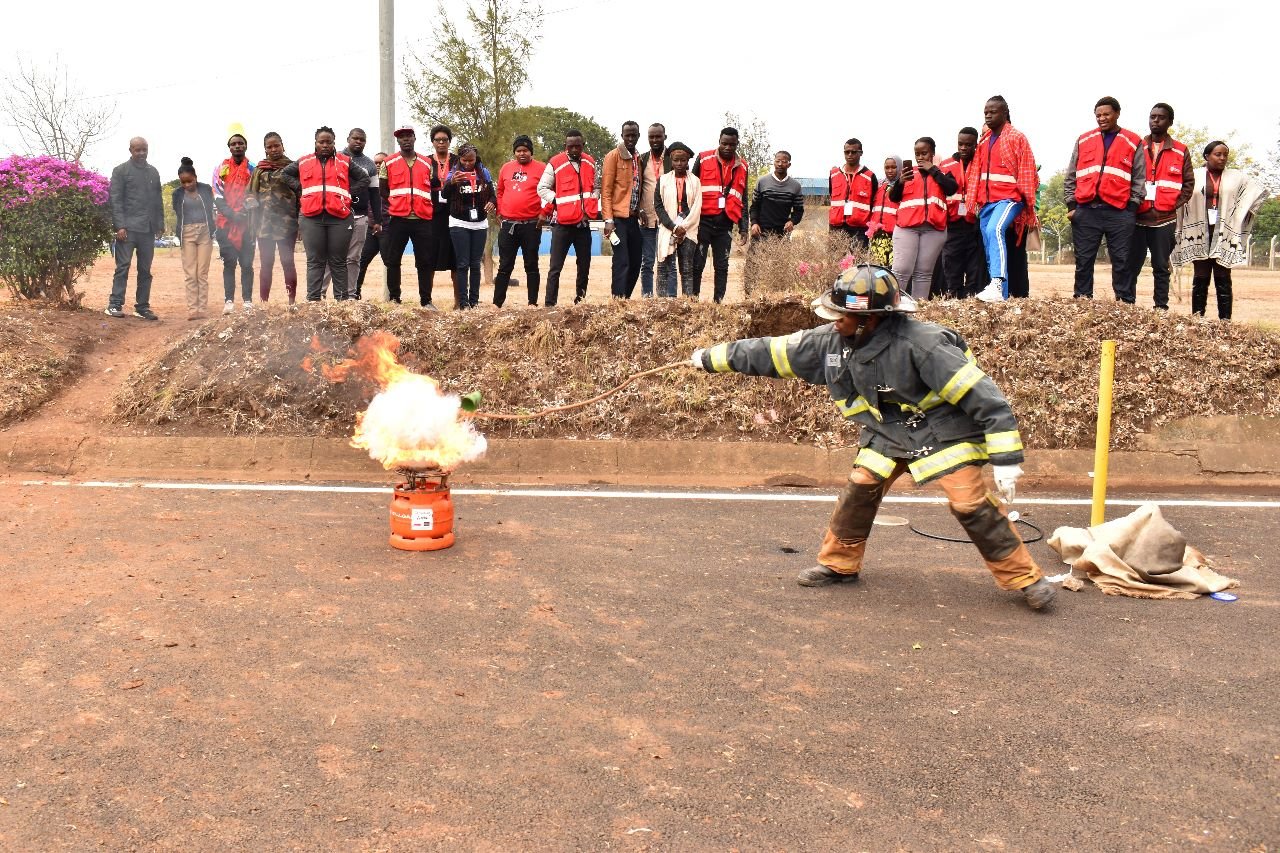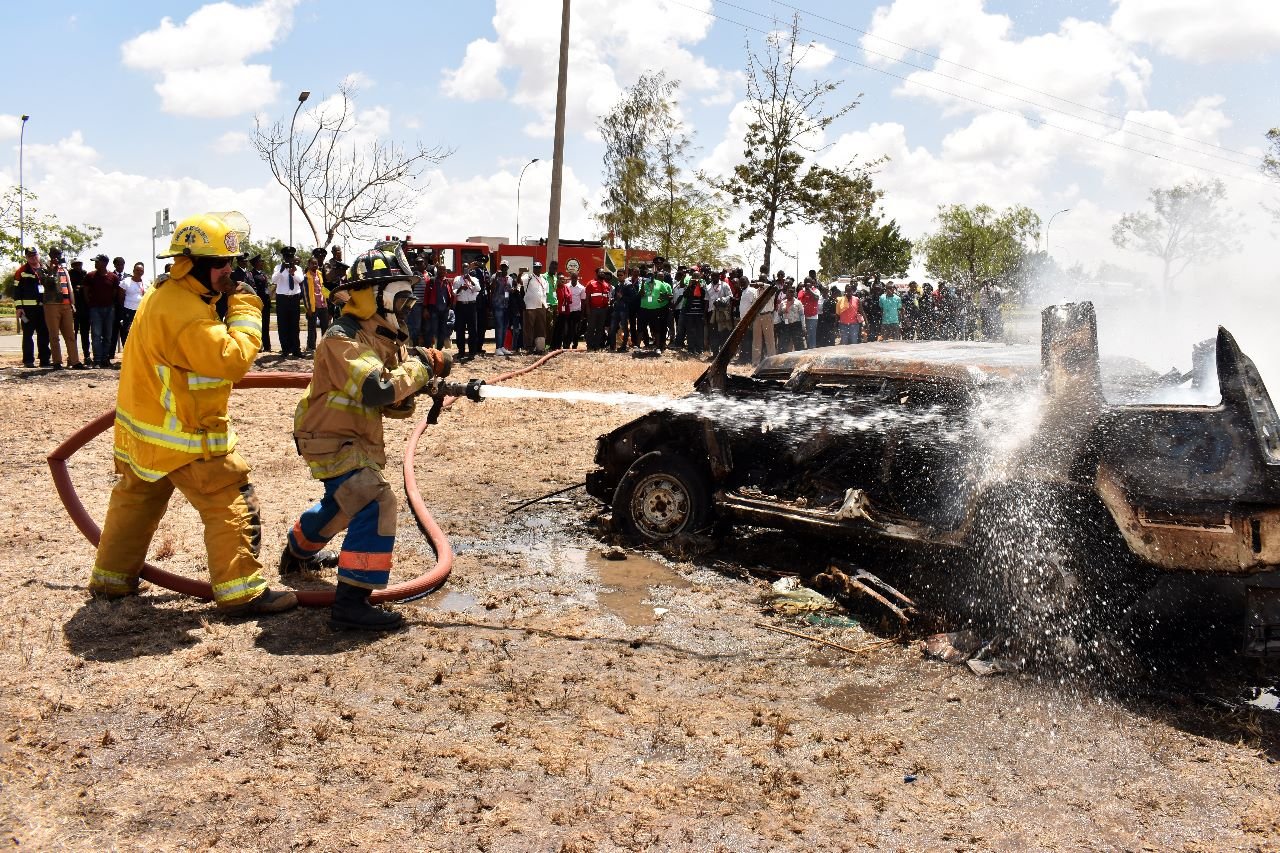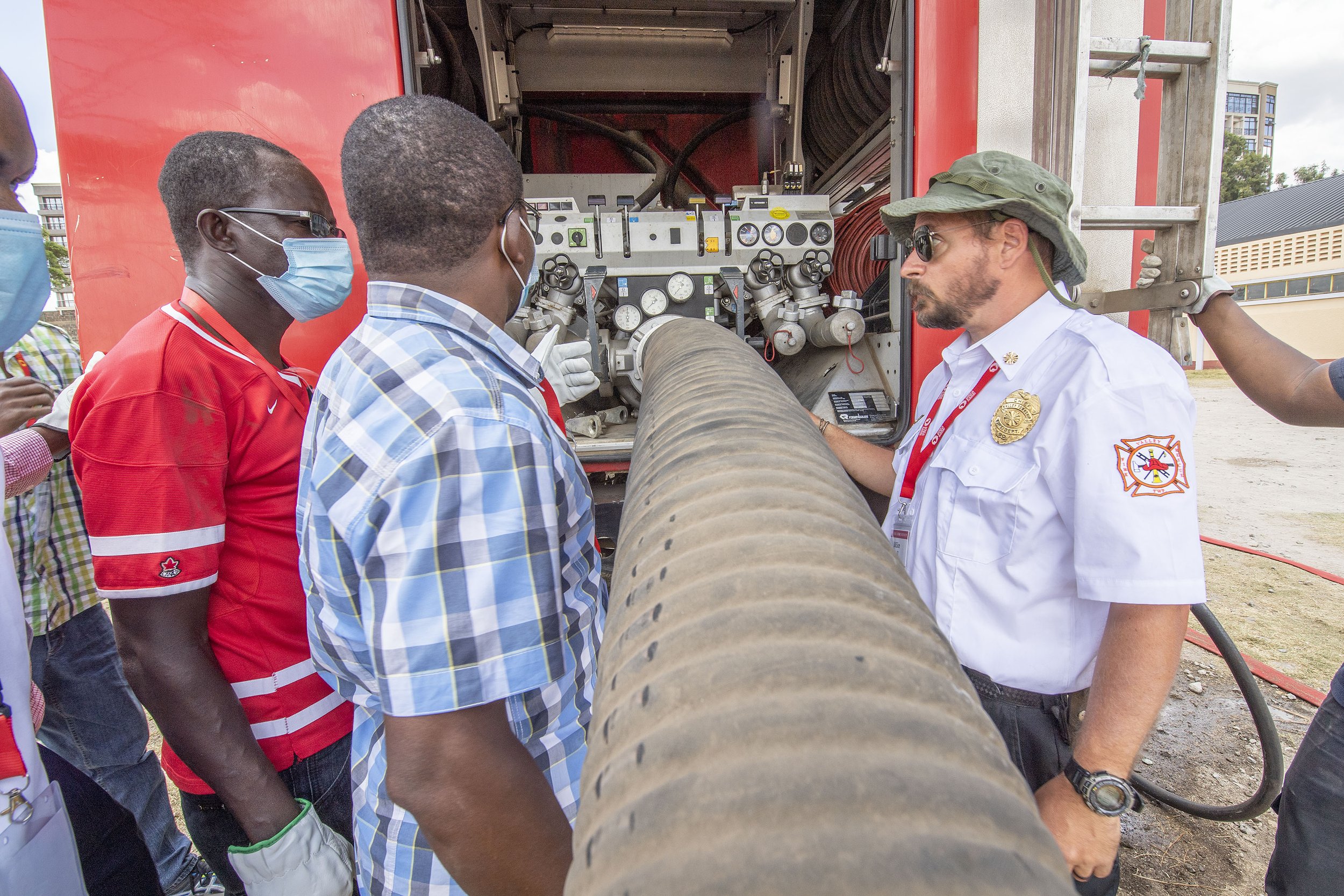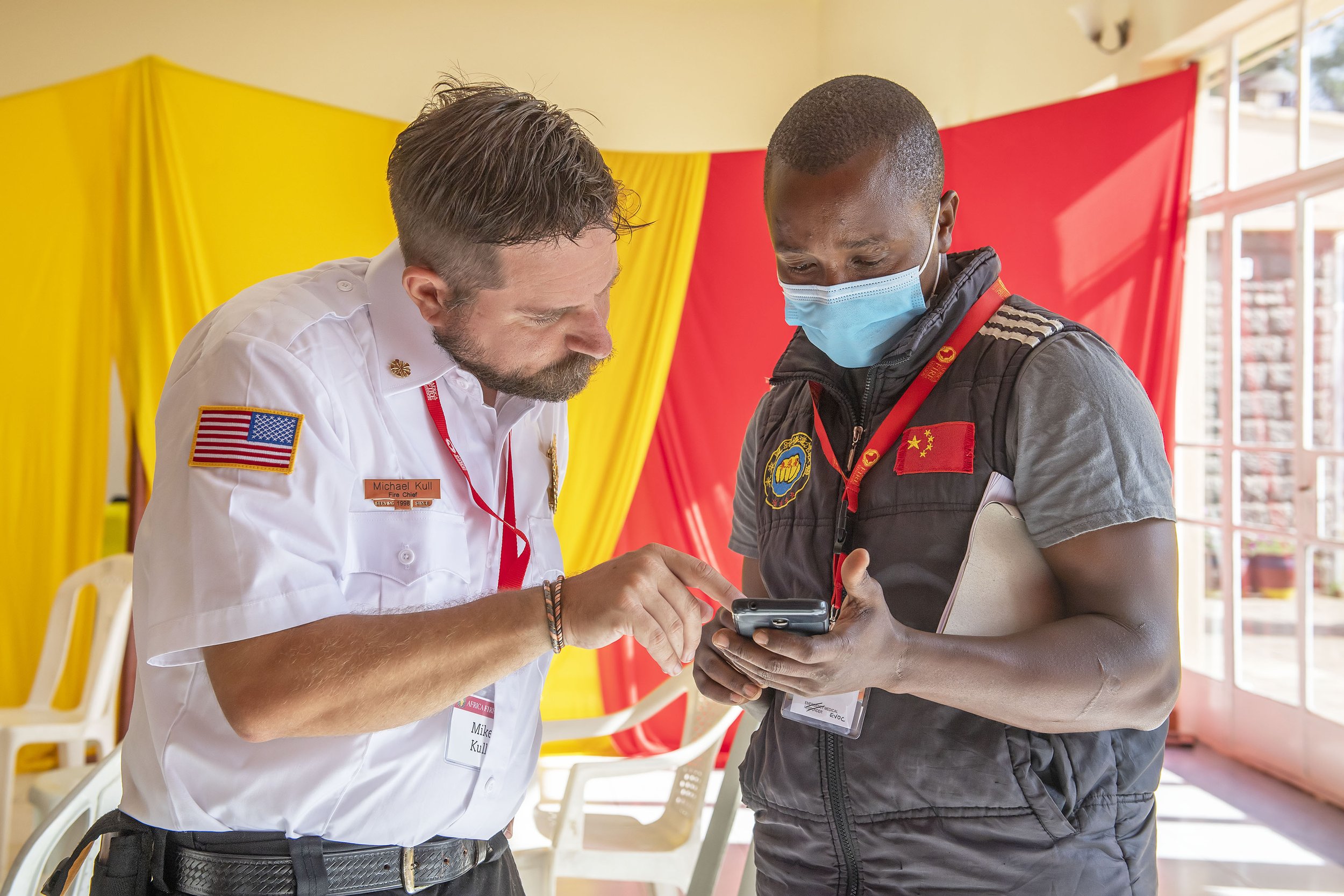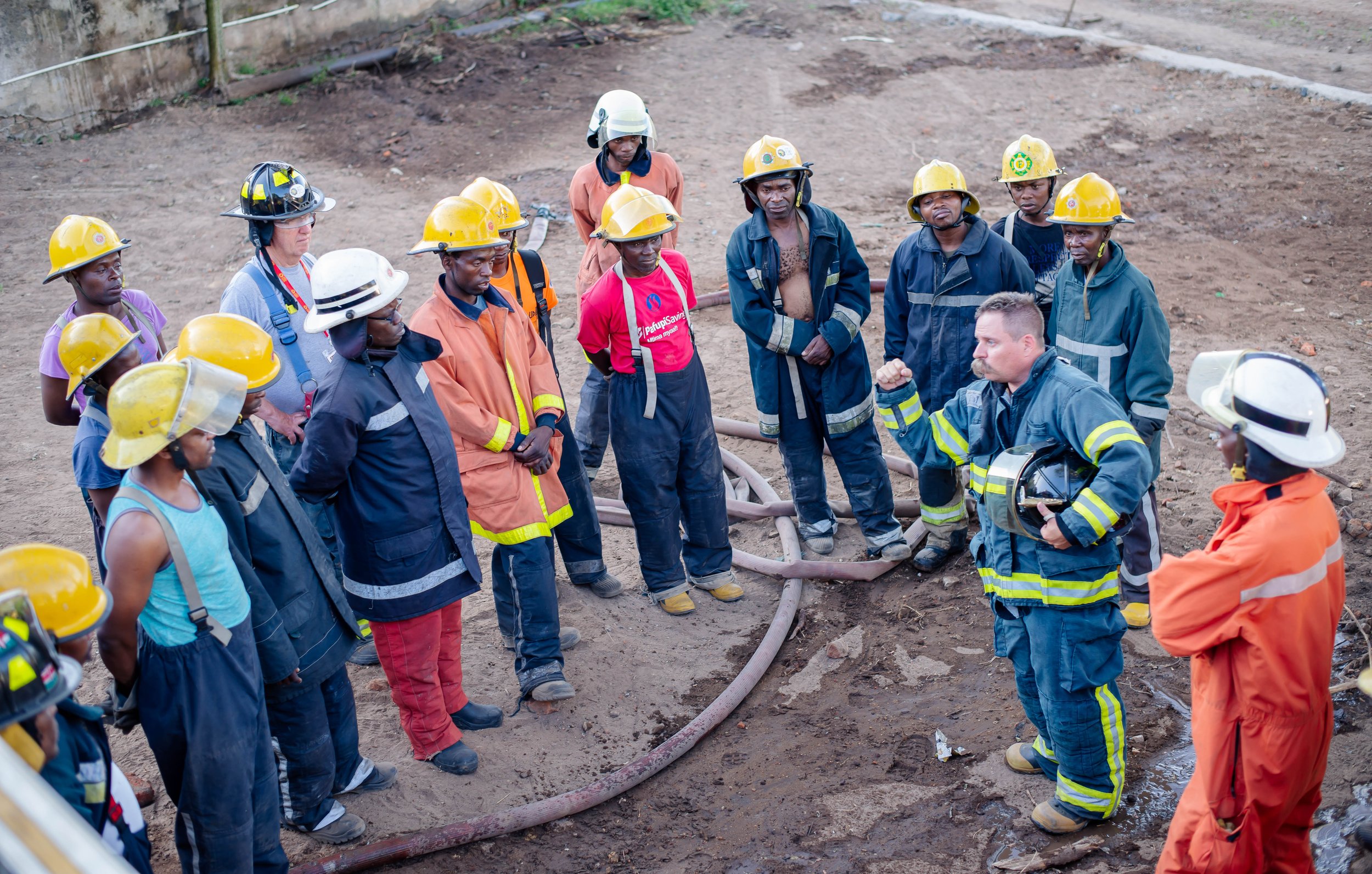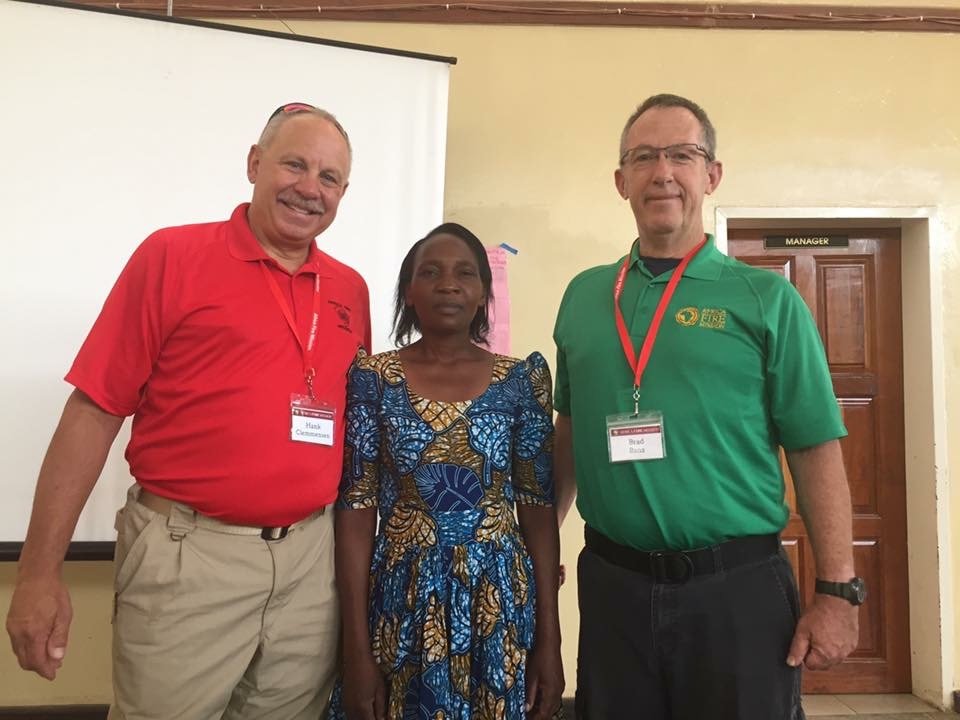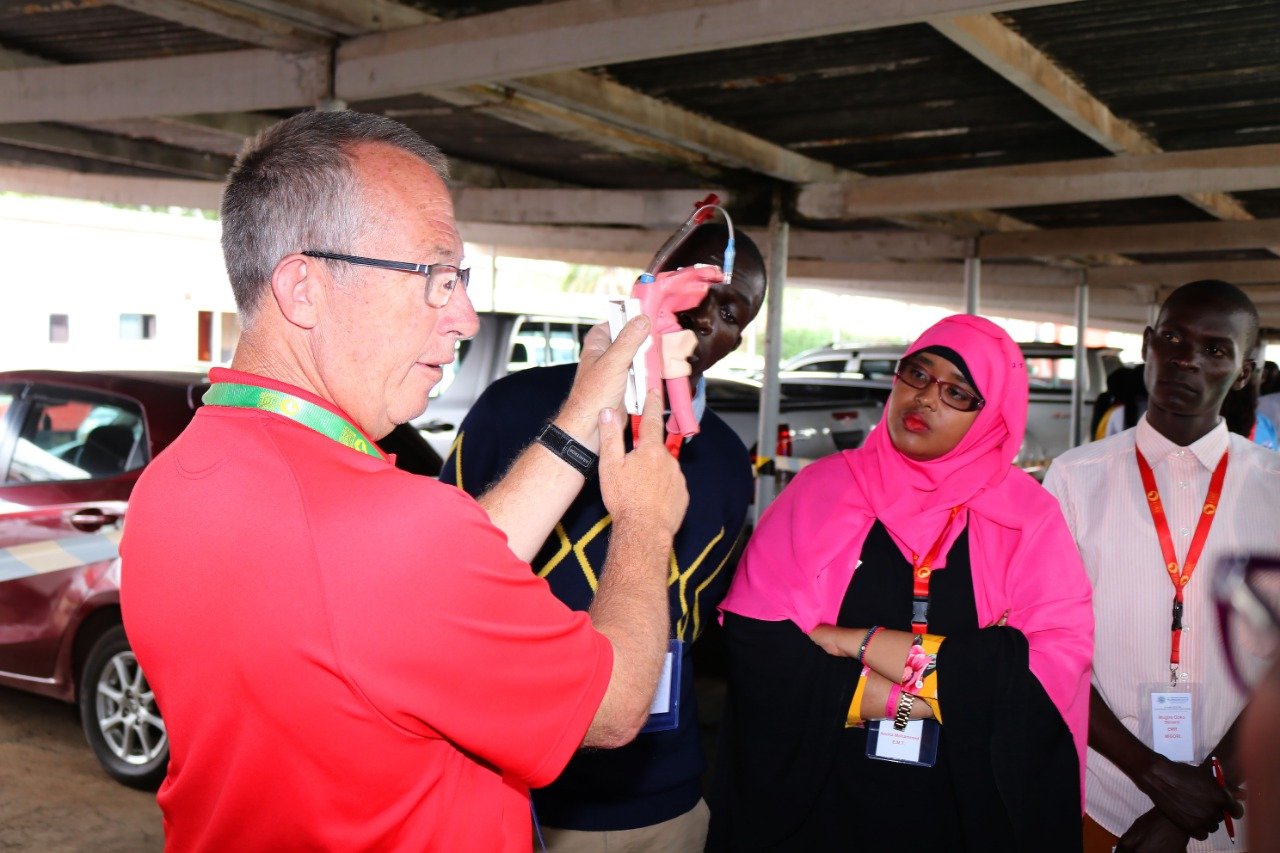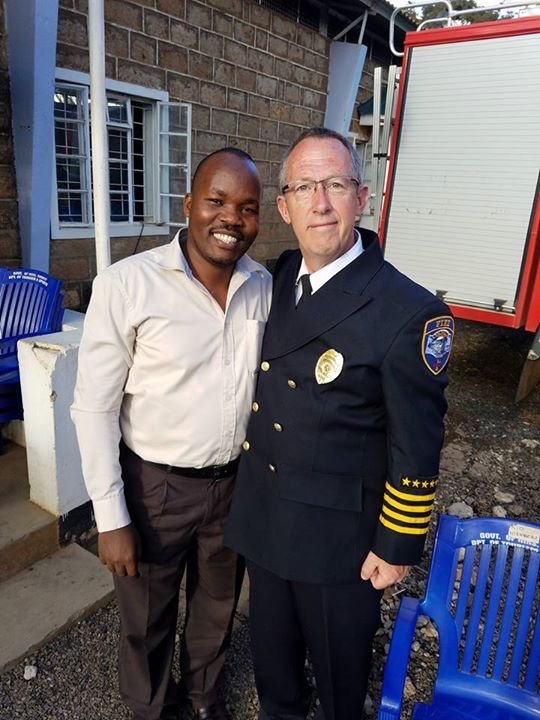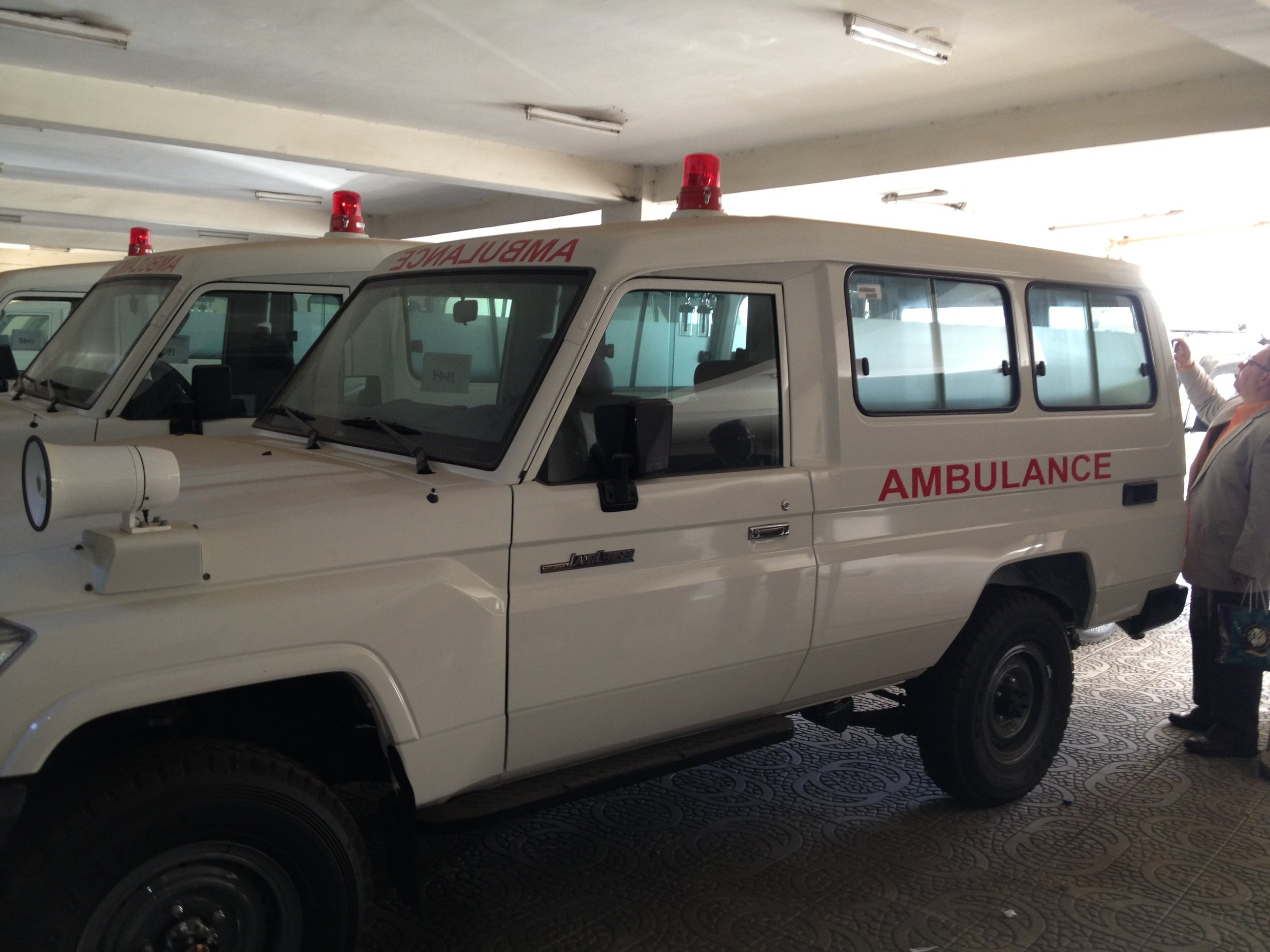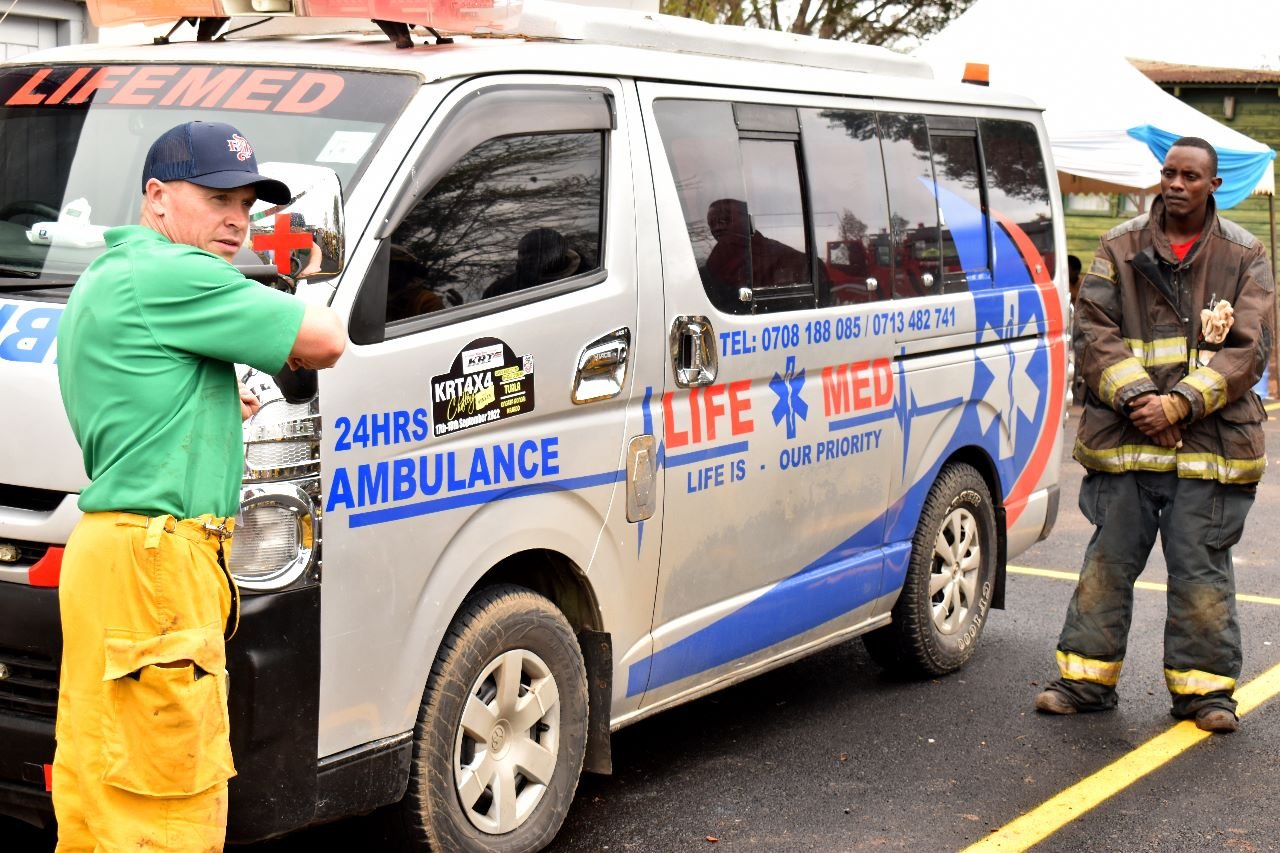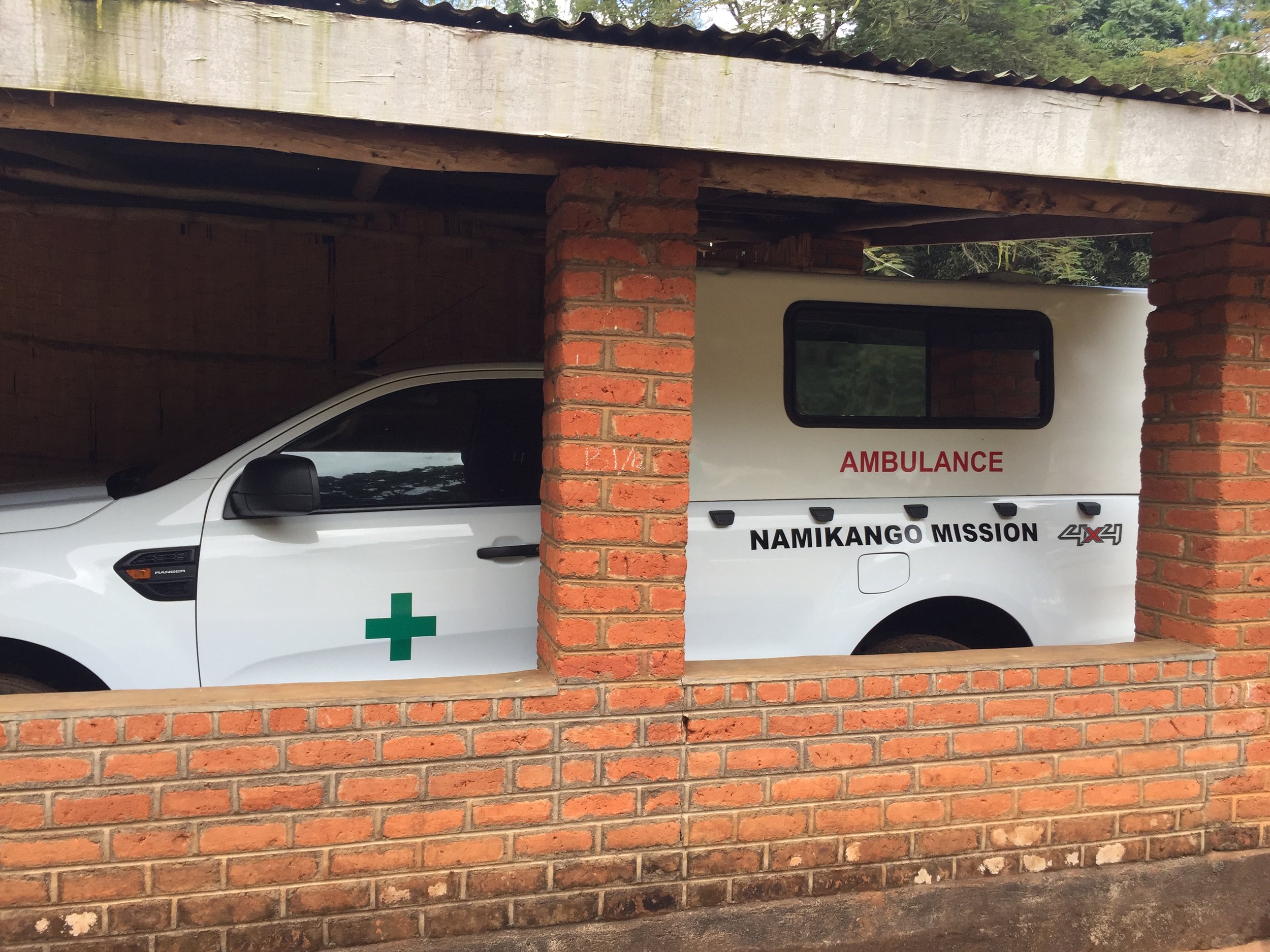by Mike Kull
If you've been in the Fire Service for long enough, your Fire Brigade has experienced an incident that overwhelmed your capabilities. It's happened to all of us. Despite our best efforts, we couldn’t perform at the level we wanted, or the level we were expected to perform at. It may have been a technical rescue that you didn't have the proper equipment to make the rescue, or it may have been a large fire that you couldn’t stop because you didn’t have enough fire engines, enough manpower, or enough water. The result after the incident may be the loss of life or a large value of property damage. So, what do we do now?
Fire Brigades everywhere are facing challenges with funding, equipment and manpower. Some places are much better off than others but there are very few places in the world where firefighters will tell you they have everything they need. A Fire Brigade must be prepared for every possible disaster or emergency that you could ever imagine. Accidents, vehicle crashes, fires, electrical emergencies, agricultural emergencies, industrial accidents, weather related emergencies, victims trapped or lost, water rescue -- the list goes on and on. It is almost impossible to have specialized equipment and training for absolutely every type of incident you may be called to. Again, we must ask ourselves, what do we do now?
One of the first things that we need to do is to take care of ourselves. The job of a firefighter is stressful and can be very detrimental to our mental health. We need to look after each other, we need to talk to someone if we are feeling depressed and we need to support each other in both our professional and personal lives. Make sure everyone is alright and staying healthy, both physically and mentally. Once we are sure everyone is alright, we need to make ourselves better.
Learning is a lifelong process. There will always be new skills and new knowledge to learn. Technology is always changing, and the world is always changing so there will always be something new that will help us to be better firefighters. There is a vast number of resources available to firefighters that have access to the internet. Simple internet searches will turn up large volumes of information on every topic imaginable. Read and learn as much as you can about the types of threats you will face. After an incident where you’ve faced something new or something you’ve never seen before, you need to research it. Learn as much as you can about it so that you are better prepared to handle it in the future. This makes for some great Company Level Drills during which you can share this knowledge with everyone in your Fire Brigade.
Finally, what can fire service leaders do after an incident that overwhelms your Fire Brigade. The first step is to ensure that you utilized all the resources that you had available. Ensure that you have mutual aid agreements with other resources in your area that may have equipment or resources that you may need. This could include other Fire Brigades, police agencies, military units or civilian resources with access to heavy machinery, water bowsers or other resources. Arrangements should be made to outline how to activate or call upon these resources and other details such as how billing or payments will be managed if necessary.
Once you have ensured that all local resources available have been accounted for, advocacy must begin. Many times, these types of incidents will be reported in the media and on social media. The Fire Brigade may be blamed for the outcome of the incident even if they have done everything to the best of their ability. It is critical to accurately document every shortcoming experienced. Did you have enough manpower? How many more were needed? Did you have enough of the proper equipment? What equipment do you need to change the outcome? Did you have enough resources such as water? What would have helped with a lack of water? Everything must be documented, and that list of needs must be provided to the local authority having jurisdiction over the Fire Brigade. To supply you with the equipment you need, the local government must know exactly what your needs are, as well as having justification for the expense. Try to find reports or news stories about other similar events that had a better outcome due to the Fire Brigade having the resources it needs. Use these as an example of how your incident could have had a better outcome with the appropriate resources. Advocate for whatever your needs may be, whether it is more manpower, more fire engines, more fire hose, breathing apparatus, rescue tools or an adequate water supply. Make your list and prioritize it, starting with the needs that will have the biggest impact. Provide information about locally available resources that can be quickly acquired. Give them as much information as possible so that they can make informed decisions and stress the need for a plan to reach full operational readiness.
Fire Brigades may face incidents that overwhelm their resources, leading to significant loss of life or property due to insufficient funding, equipment, or personnel. To mitigate these issues, it is essential for firefighters to prioritize their mental and physical health, pursue continuous training, and document deficiencies encountered during emergencies. Fire service leaders are encouraged to optimize local resource use and advocate for improvements by clearly communicating their needs to local authorities. By highlighting documented gaps and comparing them with better-resourced responses, they can underscore the necessity for adequate support to improve operational readiness for future incidents.
Mike Kull is a retired Fire Chief from Central Pennsylvania. Mike has over 25 years of experience in the fire service and teaches firefighting in both the US and Africa. Mike now serves as Programs Director for Africa Fire Mission and as a firefighter at his local volunteer fire company.

